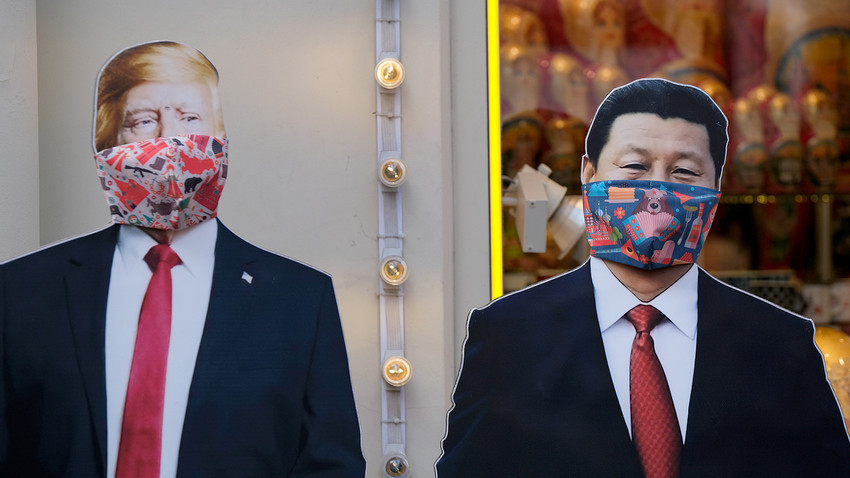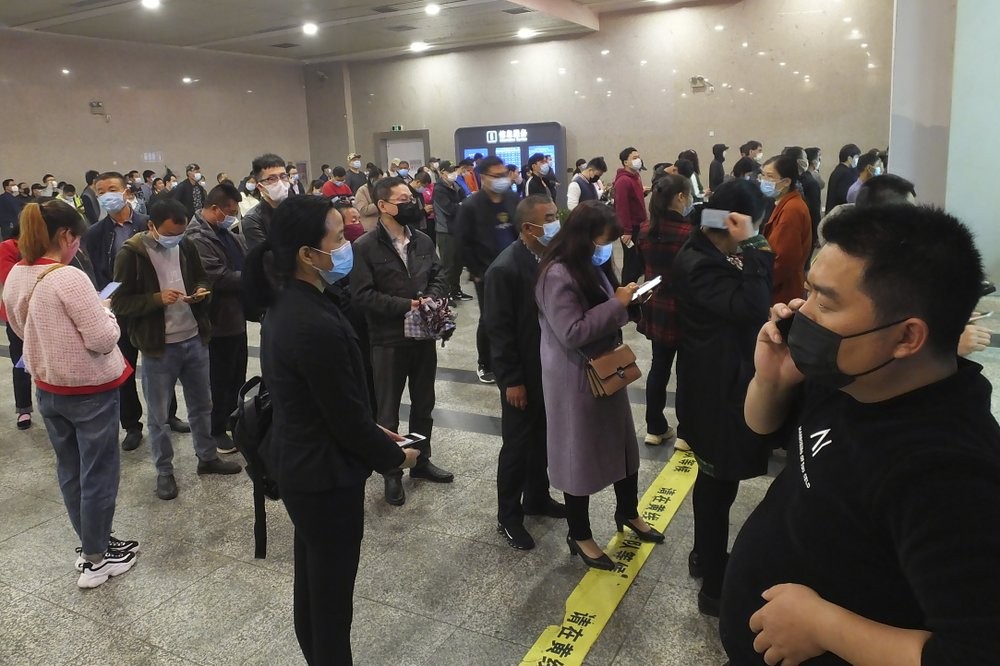
Reuters. Both leaders lied to their own people and the rest of the world about the novel coronavirus that hit the whole world so very hard
Will the world remember the dishonesty that permitted this pestilence to hit us so very hard?
This is a tale of two governments. Both were faced with a potential disaster — a new and deadly epidemic. Both made choices that the world will judge.
China. The virus made its first appearance in a Wuhan “wet market,” an emporium (apparently common in China) that featured live and newly slaughtered animals in close proximity. SARS and avian flu are also thought to have originated in these markets, which amount to an ongoing threat to global health. TOP ARTICLES2/5READ MORESHOULD STATES PUNISH THE INSANE?
From the first reported case, on December 1, 2019, until January 5, 2020, the Chinese government engaged in a cover-up. As National Review’s Jim Geraghty recounted, in early January, China’s National Health Commission forbade reporting on the new disease. On December 30, Dr. Li Wenliang sent a message to other physicians warning that a SARS-like illness was spreading. He was arrested (along with six others) and obliged to apologize for “spreading rumors.” (Dr. Li Wenliang died of COVID-19 on February 7.)
Throughout early January, as cases mounted, the Chinese government issued soothing statements suggesting that the new pneumonia was not transmitted from person to person. As late as January 15, after Thailand and Japan had reported their first cases, official government sources were denying that human-to-human transmission had been proven, saying the risk was “low.”
Only on January 23, six weeks after the first case, did China announce a quarantine of Wuhan. By that time, millions had come and gone from the city during the busy holiday season, and cases had been reported in Vietnam, Singapore, Hong Kong, and South Korea.
USA. President Trump engaged in a series of soothing statements himself. On January 22, after the first U.S. case was reported, he said “We have it totally under control.” On February 2, he boasted that “we pretty much shut it down coming in from China.” Twice in February, the president promised that “when we get into April, in the warmer weather — that has a very negative effect on that, and that type of a virus.” On February 26, when cases topped 60, Trump claimed that “we’re going very substantially down, not up.” In South Carolina, on February 28, Trump likened criticism of his handling of the pandemic to impeachment, saying “this is their new hoax.” On March 6, he continued this theme. Facing criticism for his false statement that “anyone who wants a test can get a test,” Trump tried to string together a “fake news”/Ukraine theme. He said the tests were “beautiful,” adding “The tests are all perfect, like the letter was perfect, the transcription was perfect, right?” Asked whether he was concerned about the virus’s spread on March 7, the president said “No, we’ve done a great job.”

Throughout the first ten weeks of the pandemic, Trump praised China effusively, as The Bulwark’s Jim Swift chronicled. On February 7, for example, Trump said: “Great discipline is taking place in China, as President Xi strongly leads what will be a very successful operation. We are working closely with China to help!” A few days later, he shared with Fox News his view that “China is very, you know, professionally run, in the sense that they have everything under control. I really believe they are going to have it under control fairly soon.”
China. When the lies were no longer tenable, the Chinese government pivoted. Through their propaganda arms, they circulated videos of China building new “hospitals” (they were actually “prefab quarantine wards,” not fully equipped hospitals) and fumigating public spaces. This was followed by grand gestures like donating millions of face masks to afflicted countries such as Spain, South Korea, Iran, and the Philippines. Jack Ma, CEO of Alibaba, shipped a million masks and half a million testing kits to the U.S.

USA. When the lies were no longer tenable, President Trump pivoted. Two days after claiming that the disease was under control, Trump declared himself a “wartime president” and offered that “I’ve always known this is a real — this is a pandemic. I felt it was a pandemic long before it was called a pandemic.” Trump began to appear daily at press conferences with public-health authorities — a setting he controls, in which every participant must begin with fulsome praise of himself. He pivoted on China too, dropping the unctuous praise in favor of provocative blame.
China. Relentless propaganda lauding Premier Xi’s great leadership in fighting the coronavirus may succeed with many Chinese. Will the world remember the criminal dishonesty that arguably unleashed this pestilence?23
USA. By consistently downplaying and denying the seriousness of the threat, President Trump cost the American people precious time. By encouraging a false sense of security, he prevented the federal, state, and local governments from gearing up for the worst emergency we have faced in 100 years. Will the world remember the dishonesty that permitted this pestilence to hit us so very hard?
MONA CHAREN is a syndicated columnist and a senior fellow at the Ethics and Public Policy Center. @monachareneppc
NATIONAL REVIEW
Leave a Reply
You must be logged in to post a comment.